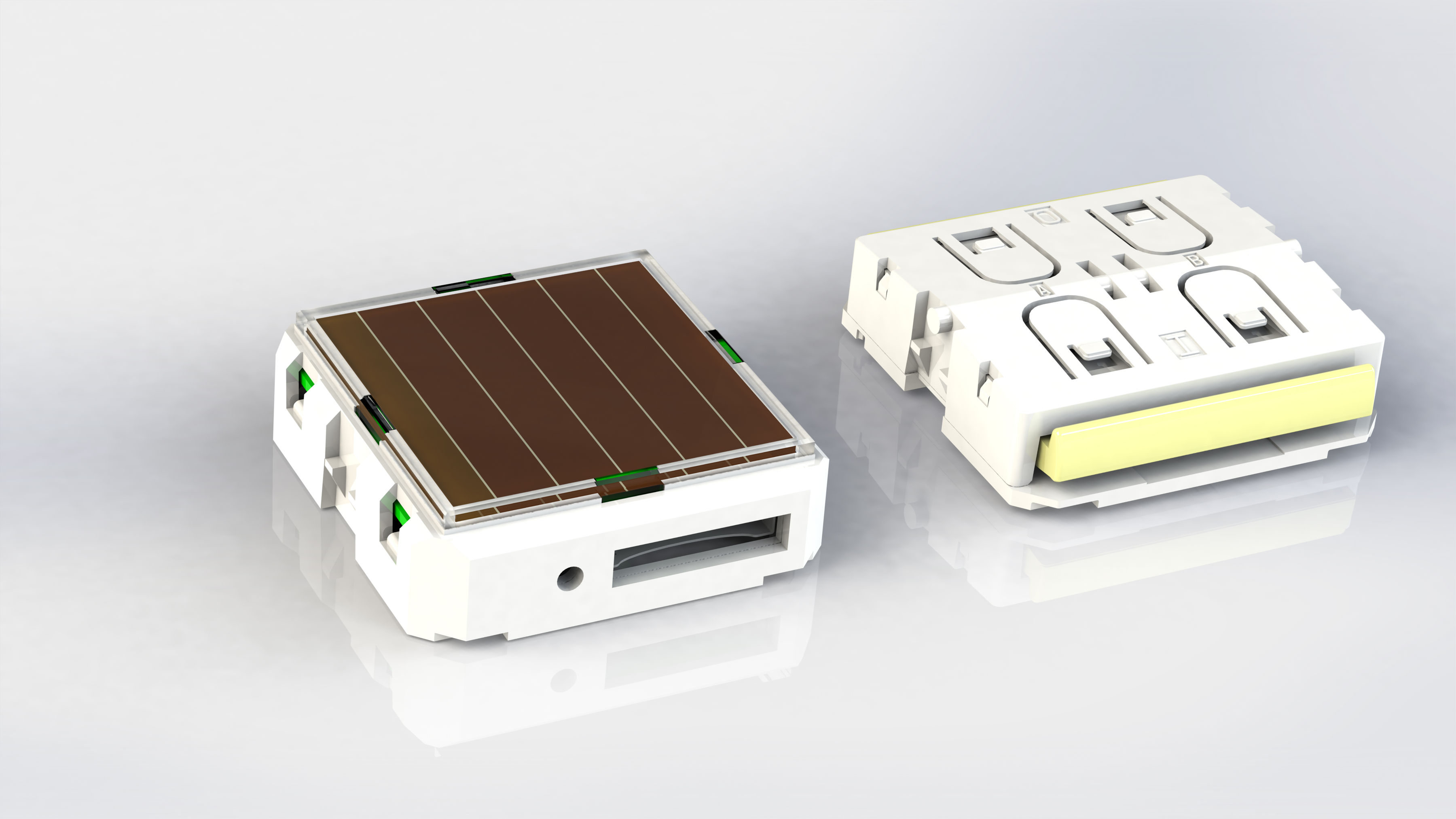Wireless technology developer EnOcean will be presenting its energy harvesting wireless technology at ISH 2019 which takes place in Frankfurt, Germany from March 11 to 15.
EnOcean is going to introduce its proven PTM switch module with an integrated NFC interface. This will enable installers to incorporate self-powered switches into automation systems faster and more easily in the future. New self-powered, maintenance-free sensor modules for a wide range of building data that fit into classic switch frames based on the PTM modular system are another highlight. Energy harvesting sensors can thus be distributed within the building as flexibly as wireless switches.
In keeping with advancing digitalization, due to the IoT, EnOcean is also continuously further developing its self-powered wireless technology. At ISH, the company will present the latest developments in its energy harvesting Dolphin modules, optimized for many applications with IoT.
Sensor module with standard form factor
EnOcean will present first samples of a new generation of solar-powered, maintenance-free sensor modules. The special feature of these sensor modules is that they have the same form factor as the PTM switch module, including the standardized mounting interfaces. As a result, EnOcean has transferred the PTM success factor to sensors, which can therefore be easily integrated into different switch frames, so that manufacturers only have to develop front plates adapted to the particular frame design.

(Solar module switch; image: EnOcean)
In typical lighting situations in offices and smart homes, the sensors obtain all the energy they need from the integrated solar cell and remain active for up to four days even without a new supply of power, thanks to an energy store. The sensors can be used in many different ways for typical building automation tasks, for example temperature and moisture detection or status messages from doors and windows. They can also supply information on the current internal energy level as well as details about the light available to the solar cell. A module variant with an integrated acceleration sensor is under development for innovative IoT applications. It can incorporate almost unlimited digital assets into the Internet of Things by acting as an "activity tracker."
"Rapid developments in the IoT both increase and accelerate the demand for energy harvesting sensor solutions for extensive data acquisition. Manufacturers can't always develop their own self-powered sensors as fast as required by the market," says Matthias Kassner, Vice President Product Marketing at EnOcean GmbH. "With our standardized sensor modules, we make it easier for them to create an energy harvesting product and in doing so facilitate even more diverse and flexible use of maintenance-free sensors in the IoT."





 CN
TW
EN
CN
TW
EN






